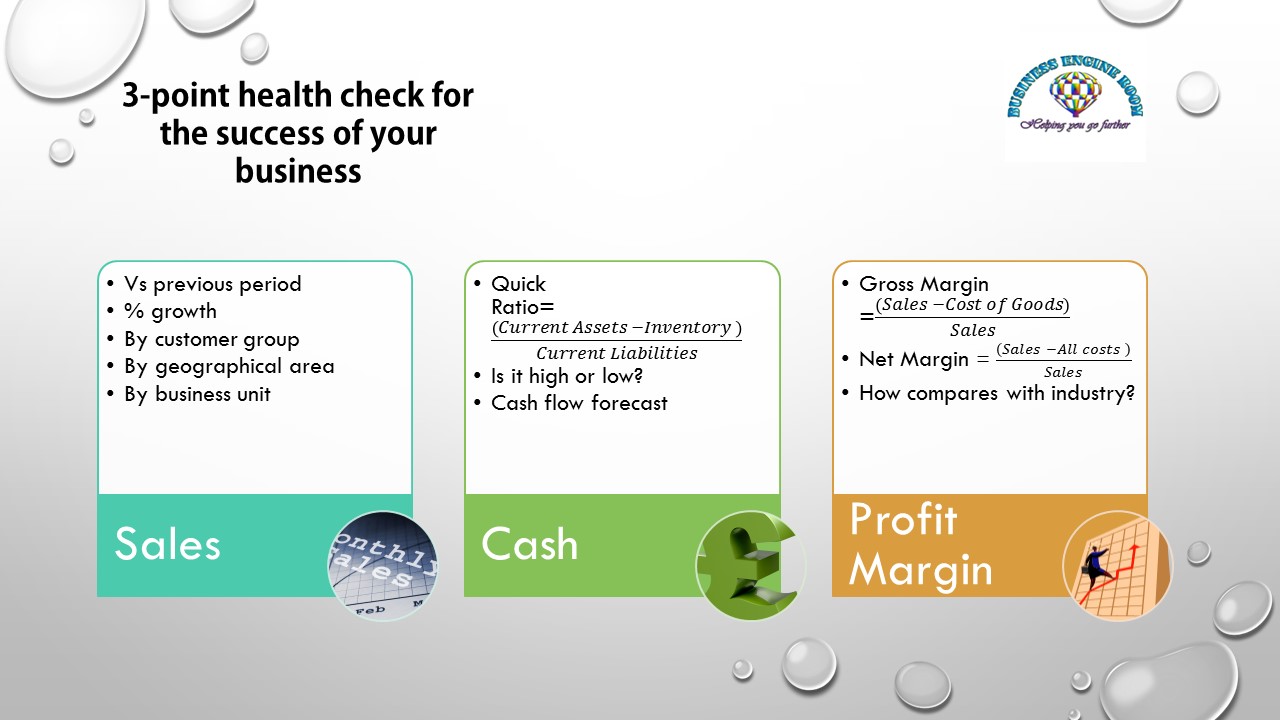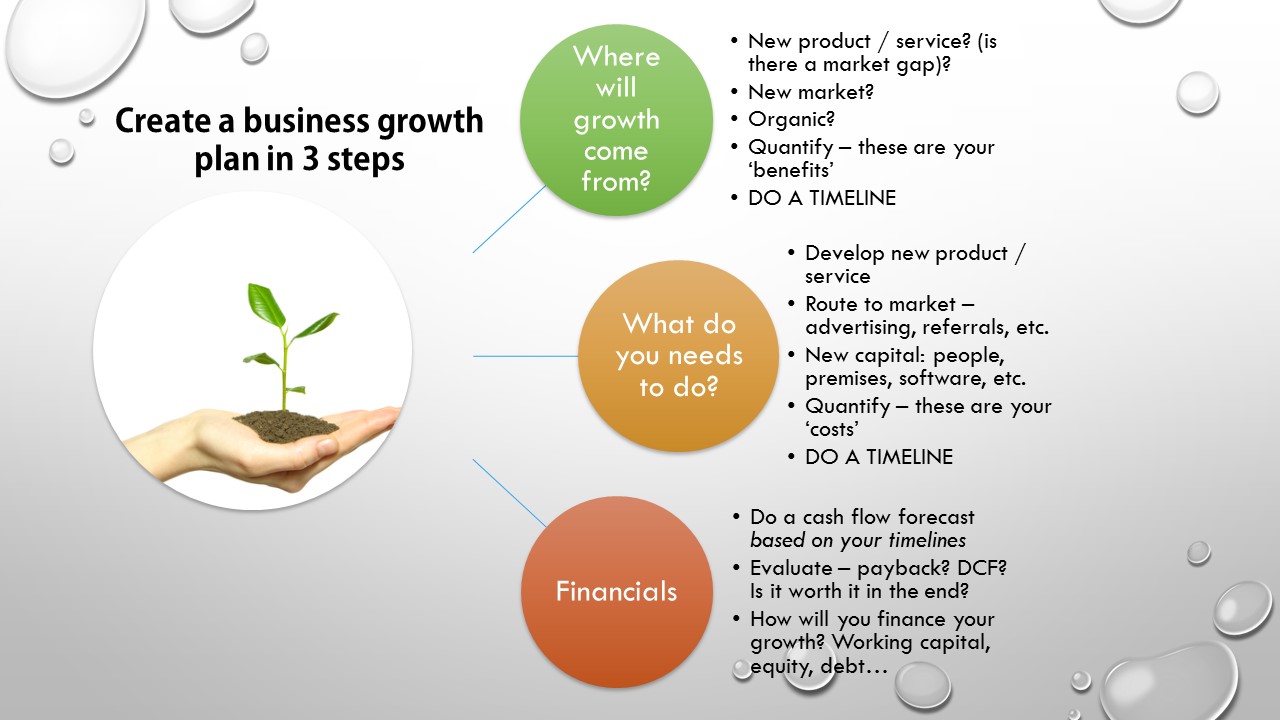
It is Friday. I usually spend Fridays in the office to ‘provide support to staff’, which actually means I get recharged in their lovely company and get very little of the actual work done. It is good for my soul, like a mini family reunion. I travel to clients’ sites much of the week or work from home to keep focused, so seeing my team on Fridays is a welcome change.
It is less good for my diet. Clare, our illustrious bookkeeper and payroll specialist – also a WeightWatchers queen – brought cream apple turnovers today. This is on the day when I was actually quite good and packed carrots and grapes alongside my sandwich (on granary). I ask you!
It was Clare’s idea that I start this blog. Now, I don’t know whether this is a good idea. Having said that, none of Clare’s ideas so far were bad, so maybe I should listen to her.
It is really difficult for me to listen to Clare (or anyone else for that matter) because I am a professional adviser and I am supposed to know it all, right? (ha!) Does asking other people and following their advice means we are not competent enough? That we haven’t got the answer?
I’ve come to the conclusion that the idea of ‘competence’ or feeling that one must have answers to all the questions is fundamentally flawed. What it creates is a closed mindset, where our only source of ideas is ourselves (and let’s face it, a shallow pool it is).
I admire our clients who ask me to sit on their Boards and challenge their ideas. Or clients who come to us admitting their finance is in a bit of a mess and asking us to help them. If the discomfort I felt today at asking for help was anything to go by, I can only conclude it takes great strength of character to admit vulnerability and imperfection in a bid to grow oneself and one’s company, to learn and to improve.
Maybe I should listen to Clare more – she does have some cracking ideas. Come to think of it, even the apple turnover wasn’t such a bad one after all.
 If you are a sole trader (i.e. you are self-employed), the law does not distinguish your business from you personally. There is no Board of Directors, no shareholders – only you. As an individual, you can pay for whatever you like. The significance of ‘allowable’ business expense is in the context of the tax computation. Tax is levied on business profits, and in calculating profits, only certain expenses are allowable – the others are, in effect, ‘owner’s drawings’.
If you are a sole trader (i.e. you are self-employed), the law does not distinguish your business from you personally. There is no Board of Directors, no shareholders – only you. As an individual, you can pay for whatever you like. The significance of ‘allowable’ business expense is in the context of the tax computation. Tax is levied on business profits, and in calculating profits, only certain expenses are allowable – the others are, in effect, ‘owner’s drawings’.






